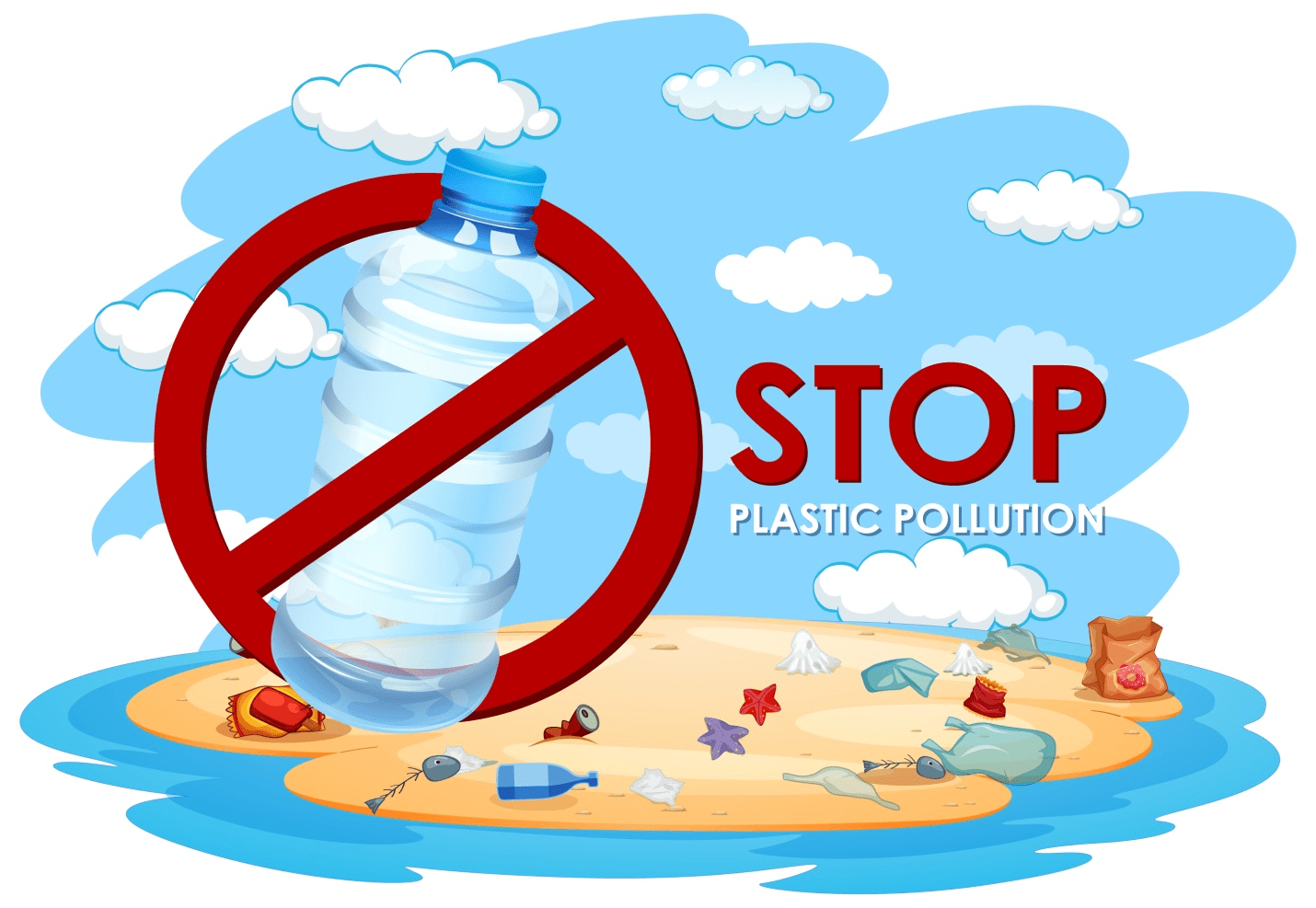
The Digital Doctor is In: AI and Telemedicine Redefine Healthcare
The healthcare industry is undergoing a seismic shift fueled by artificial intelligence (AI) and telemedicine.

Garbage can travel across the world’s rivers and oceans, accumulating on beaches and within gyres. These residues damage physical habitats, transport chemical pollutants, endanger aquatic life and interfere with human use in river, sea, and coastal environments. Of all the trash, plastic waste has a tremendous potential to harm the environment, wildlife, and people.
It can be found floating on the surface, suspended in a water column, or at the bottom water bodies. Rivers transport the waste into the ocean, where it moves downstream and is often eaten by birds and fish, concentrating toxic chemicals in its tissues and filling their stomachs, leading to starvation. Plastic water residues are more than an aesthetic problem.
Around the globe, eight million tonnes of plastic end up in the ocean every year, despite greater awareness of recycling and the use of single-use plastic. “Actions to clean up plastic don’t do much good if you don’t deal with the sources of the plastic at the same time,” says Ph.D. candidate Christina Helevik.
Helevik is one of the researchers at the Norwegian University of Science and Technology (NTNU) in Ålesund who is presently working on a model that shows where plastic collects and determines the region it comes from. The researchers are working along with the Ålesund region’s Port Authority, Ålesund municipality.
In the past, clean-up operations had weighed and photographed the waste without being able to do so in detail and efficiently. Researchers are in the process of developing a database for the application and are collaborating with students pursuing a master’s program in simulation and visualization at NTNU in Ålesund.
About 100 people will test the application when they are out for clean-ups in the future. The team includes the Runde Environmental Center, Norwegian Center for Oil Spill Preparedness and Marine Environment, and volunteer organizations. The technology will become widely available from spring 2022, and everyone will be able to take pictures of plastic objects and receive information.
The application is to help predict which contamination spots or magnet areas for plastic are and where it comes from, as well as to facilitate decision-making for the municipality and the port administration. Recently, a specific type of waste has cropped up. Activists worldwide have noted an increase in waste, which can be traced to disposable plastic products to control infections.

The healthcare industry is undergoing a seismic shift fueled by artificial intelligence (AI) and telemedicine.

The healthcare and pharmaceutical sectors are navigating a transformative period, with technological advancements reshaping patient care, operational efficiencies, and strategic growth.

In the world of business, financial wizards wave their wands to conjure profits and success. But behind every great money magician …

Insurtech is not just making waves in the insurance industry—it’s rewriting the rulebook. As technology-driven startups disrupt …